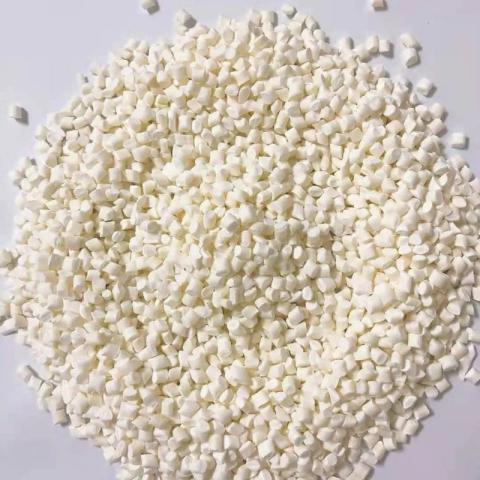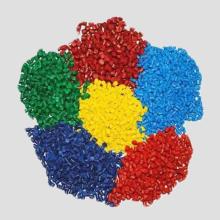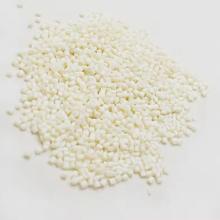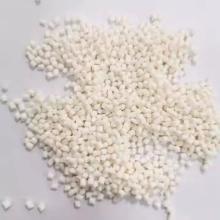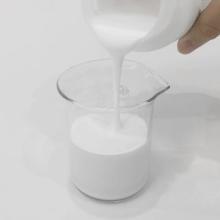PLA thermoforming material refers to a variety of packaging containers or products made of polylactic acid as the main raw material through the thermoforming molding process.The preparation process of PLA thermoforming material is as follows: firstly, the PLA resin is heated up to a molten state, and then it is adsorbed to the preset shape of the mold by vacuum or compressed air and cooled and shaped, so that the required products can be obtained.
Features
- Environmentally friendly
- It is produced by fermentation from natural resources such as corn starch, which is a completely renewable resource.
- It can be decomposed into carbon dioxide and water by microorganisms under natural conditions, and will not cause environmental pollution.
- Physical Properties
- It has good transparency and gloss.
- It has high mechanical strength and can meet most of the packaging needs.
- Relatively poor heat resistance, but can be modified to improve its temperature resistance range.
- Processing properties
- Low molding temperature and low energy consumption.
- It can be blended and modified with other materials to further improve its physical and chemical properties.
- Thermoforming processing technology is mature and easy to realize large-scale industrialized production.
Applications
- Food Packaging: Due to its good barrier property and safety, PLA material is very suitable for food-grade packaging materials. Common products include disposable tableware, beverage cup lids, plastic wrap, etc.
- medical and hygiene products: using its biocompatibility and non-toxic side effects, it can be used to make surgical sutures, drug slow-release carriers and other medical supplies.
- Daily necessities: such as cosmetic containers, toy parts, etc., which are both beautiful and environmentally friendly.
- Agricultural mulching materials: when used as mulch film, it can be naturally degraded at the end of the crop growth cycle, reducing soil pollution.
Product Category

